
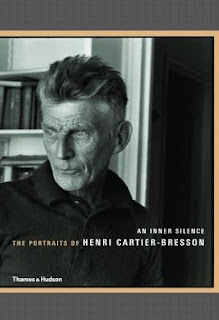
“The 20th century was the century of the image (...).To tell Henri Cartier-Bresson’s story and to unravel his work is essentially to tell the story of a look.
 Throughout the 20th century, this roaming, lucid eye has captured the fascination of Africa in the 1920's, crossed the tragic fortunes of Spanish republicans, accompanied the liberation of Paris, caught a weary Gandhi just hours before his assassination, and witnessed the victory of the communists in China.
Throughout the 20th century, this roaming, lucid eye has captured the fascination of Africa in the 1920's, crossed the tragic fortunes of Spanish republicans, accompanied the liberation of Paris, caught a weary Gandhi just hours before his assassination, and witnessed the victory of the communists in China.Henri Cartier-Bresson was also Jean Renoir's assistant on three major films, an artist who sees himself an artisan but who nevertheless established Magnum, the most prestigious of all photo agencies, and who immortalised his major contemporaries : Mauriac in a state of mystical levitation, Giacometti, Sartre, Faulkner or Camus, and as many more all taken at the decisive moment, all portraits for eternity."
Henri Cartier-Bresson, l’œil du siècle by Pierre AssoulineFolio / Gallimard
For me the camera is a sketch book, an instrument of intuition and spontaneity, the master of the instant which, in visual terms, questions and decides simultaneously.
For me the camera is a sketch book, an instrument of intuition and spontaneity, the master of the instant which, in visual terms, questions and decides simultaneously.
In order to “give a meaning” to the world, one has to feel involved in what one frames through the viewfinder. This attitude requires concentration, discipline of mind, sensitivity, and a sense of geometry. It is by economy of means that one arrives at simplicity of expression. To take a photograph is to hold one’s breath when all faculties converge in a face of fleeing reality. It is at that moment that mastering an image becomes a great physical and intellectual joy.
To take a photograph means to recognize – simultaneously and within a fraction of a second– both the fact itself and the rigorous organisation of visually perceived forms that give it meaning. It is putting one’s head, one’s eye, and one’s heart on the same axis.
http://www.photo-seminars.com/Fame/bresson.htm
http://www.artcyclopedia.com/artists/cartier-bresson_henri.html
http://www.artcyclopedia.com/artists/cartier-bresson_henri.html

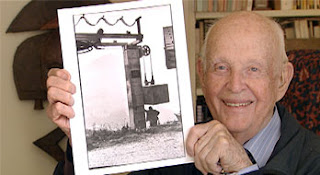
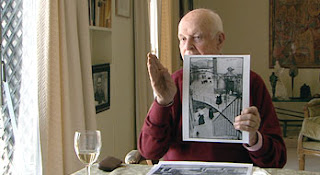 http://www.npg.si.edu/exh/cb/quote2.htm
http://www.npg.si.edu/exh/cb/quote2.htm 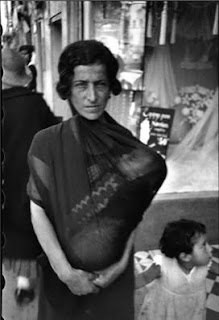



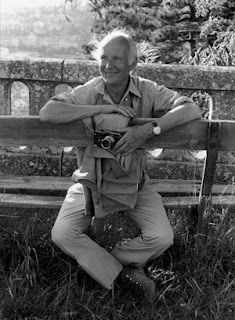






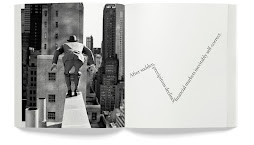







ไม่มีความคิดเห็น:
แสดงความคิดเห็น